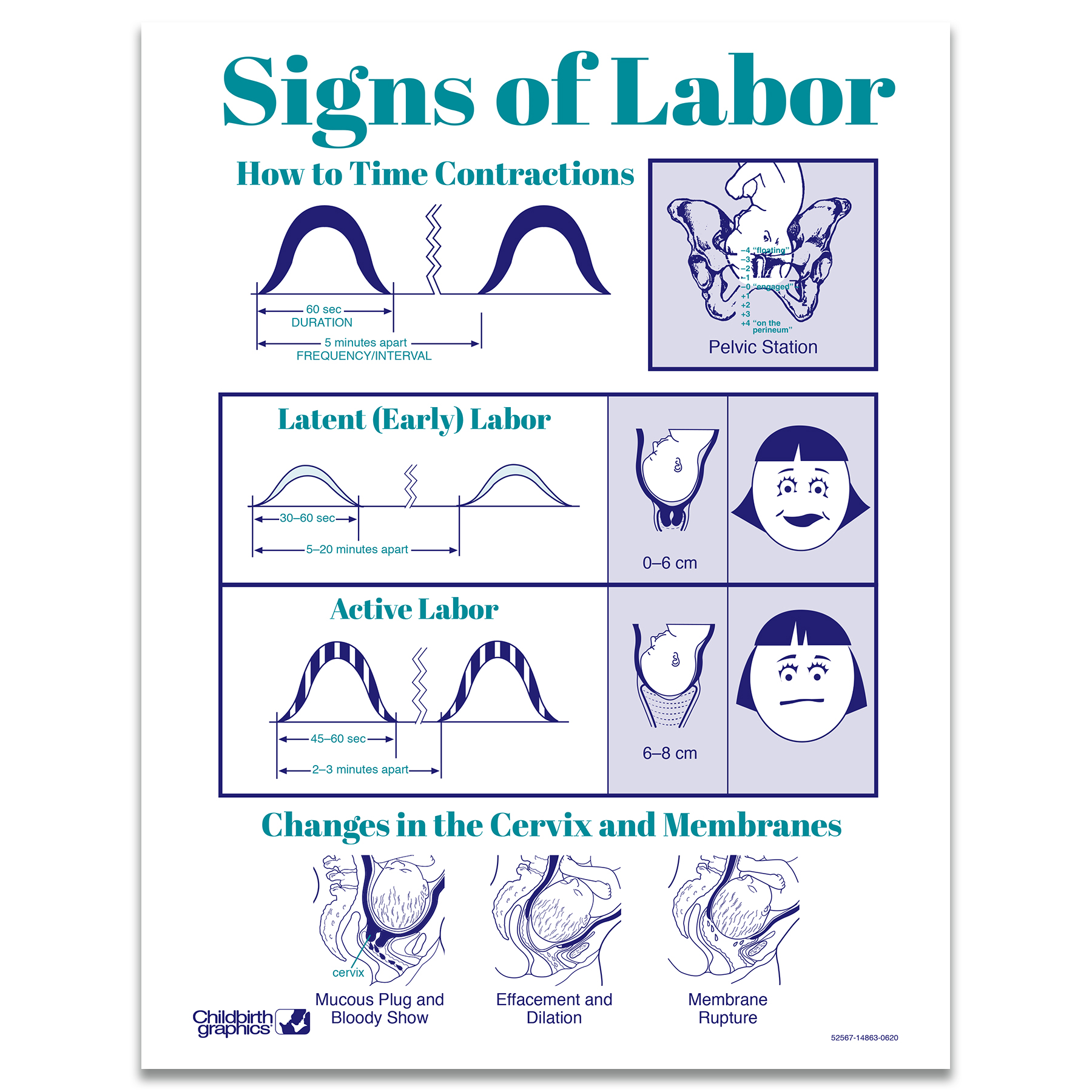
Count the time between contractions from the start of one to the start of the next.If the tightness of your contractions lasts for 30 seconds or longer, they’re labor contractions. Make sure you’ve got your stopwatch ready.

It’s crucial that you count your contractions to determine when it’s truly time to go and here’s how it’s done. While timing is different for everyone, early labor can last for days, and ideally you don’t head to the hospital until you’re in active labor. When should I go into the hospital with contractions?

What do contractions feel like when they start? Other signs of real labor contractions include lower back and belly pain, a brownish or reddish mucus discharge (“bloody show”), and the bursting of your amniotic sac (“water breaking”), which could happen before or during real labor contractions. Unlike Braxton Hicks contractions, real labor contractions typically begin at around the 40th week of pregnancy, continue to intensify, increase in frequency and don’t let up with a change in position.
Contraction timing labor how to#
Learn how to tell the difference between Braxton Hicks contractions and real labor contractions.

Braxton Hicks Contractions (also known as fake or practice contractions) are named after the 19th century English physician John Braxton Hicks, who first noted that many women felt contractions without being close to giving birth.The earlier this happens, the greater the health risks for your baby, and while it isn't clear what causes preterm labor, certain risk factors might increase the chance. PreTerm Contractions are regular contractions that result in the opening of your cervix after week 20 and before week 37 of pregnancy and indicate you’re in preterm labor, which can result in premature birth.

Here are the three different types of contractions and what they each signify: As labor begins, your cervix opens, which is referred to as dilation. The physiological phenomenon of a contraction is the tightening and relaxation of the muscles of your uterus, which help push your baby out of your uterus. What are the different types of contractions? Let’s dive into the details to ensure you know the deal on your big day. Knowing the different types and timing is key to a safe, fully-supported labor and delivery experience-from Braxton Hicks to PreTerm to True Labor. Contractions are nature’s way of telling your body that baby is on the way.


 0 kommentar(er)
0 kommentar(er)
